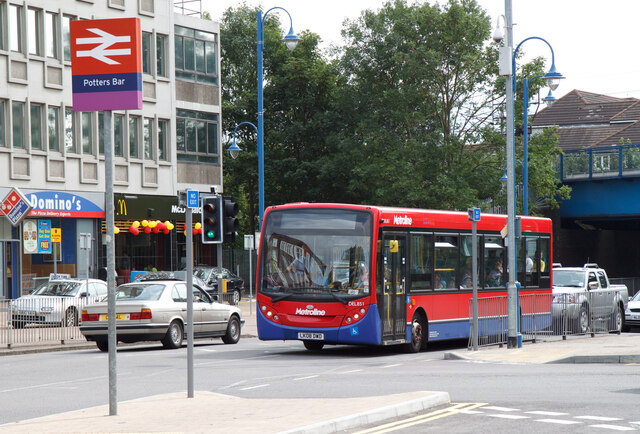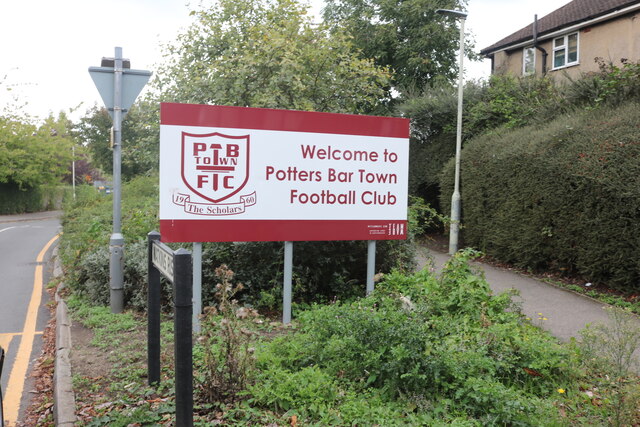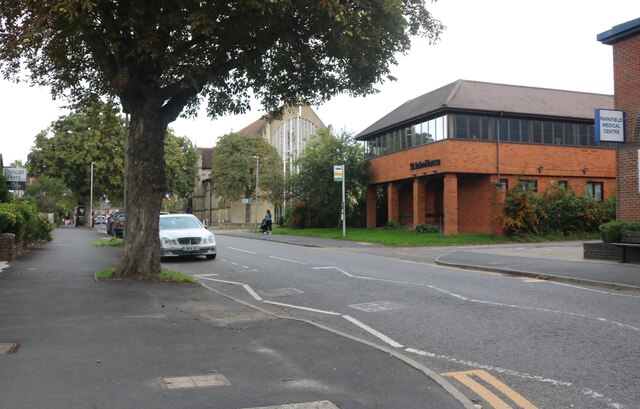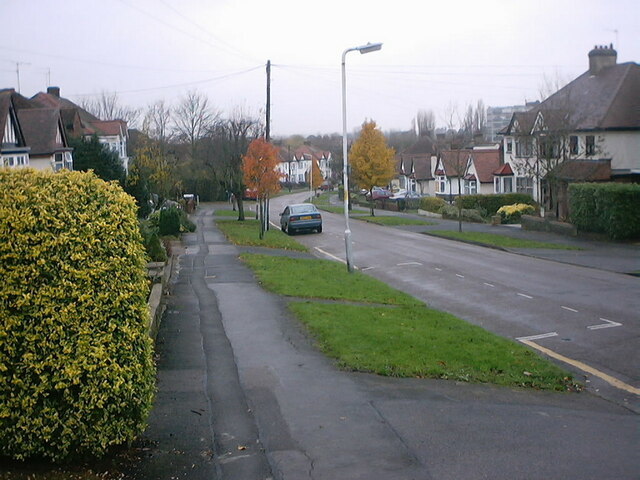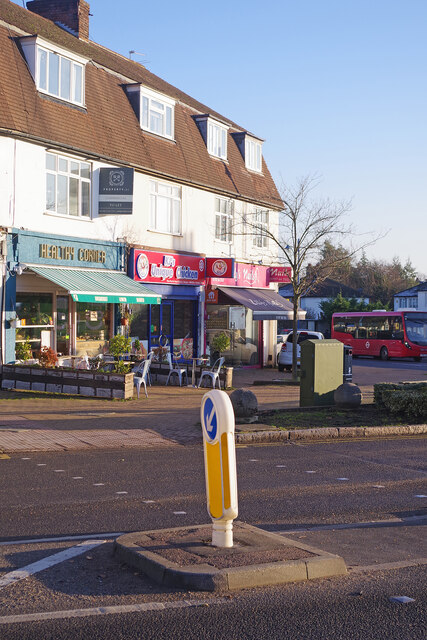Ganwick Corner
Settlement in Middlesex Hertsmere
England
Ganwick Corner
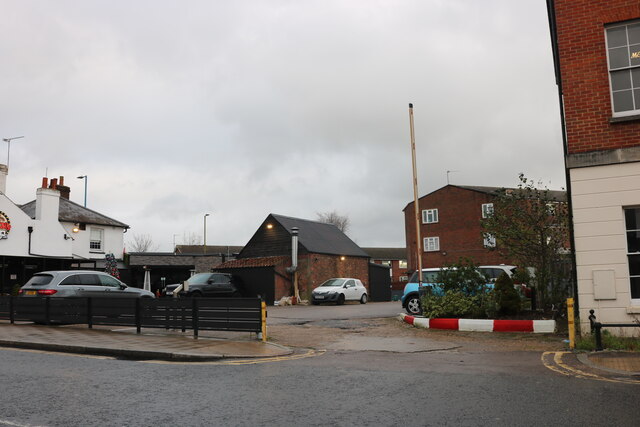
Ganwick Corner is a small, rural village located in the county of Middlesex, England. Situated approximately 20 miles northwest of central London, it falls within the London commuter belt. The village is surrounded by picturesque countryside, with rolling hills and meandering streams, providing a tranquil and idyllic setting for its residents.
With a population of around 500, Ganwick Corner is a close-knit community characterized by its friendly and welcoming atmosphere. The village is known for its strong sense of community spirit, with various social events and gatherings organized throughout the year. The local village hall serves as a hub for these activities, hosting everything from craft fairs to charity fundraisers.
In terms of amenities, Ganwick Corner boasts a small convenience store, catering to the everyday needs of residents. There is also a traditional village pub, The Swan Inn, which is a popular meeting place for locals and visitors alike. The pub offers a selection of locally brewed ales and hearty pub meals, further enhancing the village's sense of community.
The surrounding countryside provides ample opportunities for outdoor activities, such as hiking and cycling, with several scenic trails and paths accessible from the village. The nearby Ganwick Forest is a popular destination for nature enthusiasts, offering a diverse range of flora and fauna.
Despite its rural setting, Ganwick Corner benefits from good transport links. The village is served by regular bus services, connecting residents to nearby towns and cities. For those commuting to London, the closest train station is just a short drive away, providing easy access to the capital.
Overall, Ganwick Corner is a charming village that offers a peaceful and close-knit community, surrounded by beautiful countryside and providing a convenient location for both rural living and commuting to nearby urban centers.
If you have any feedback on the listing, please let us know in the comments section below.
Ganwick Corner Images
Images are sourced within 2km of 51.680178/-0.184722 or Grid Reference TQ2599. Thanks to Geograph Open Source API. All images are credited.

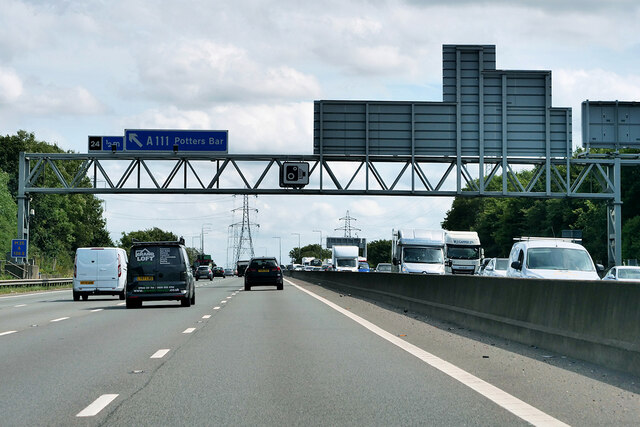
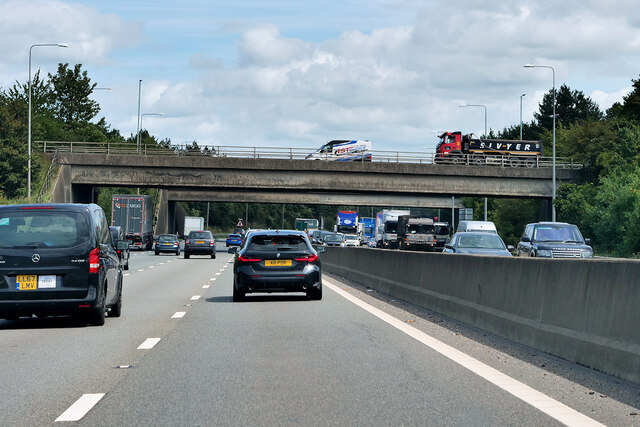
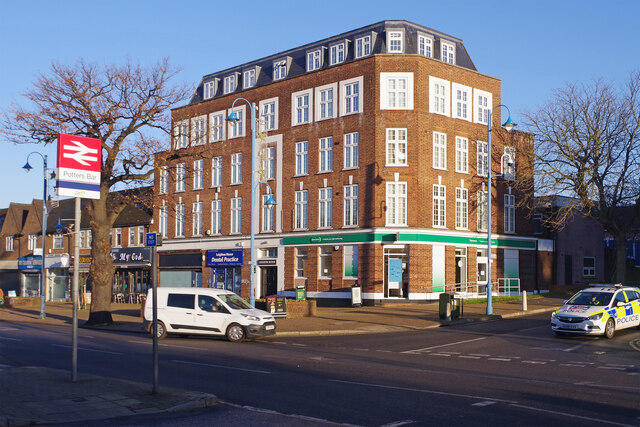
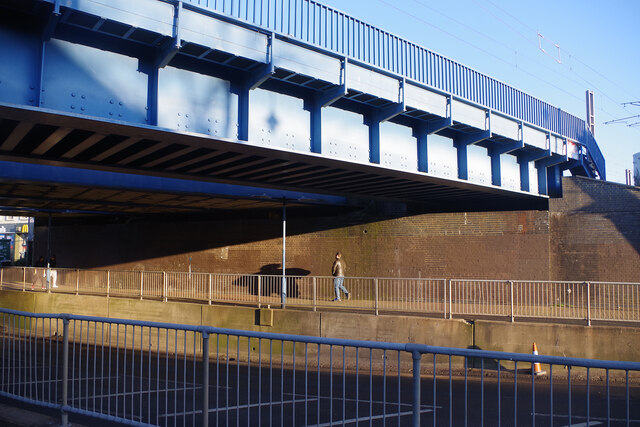
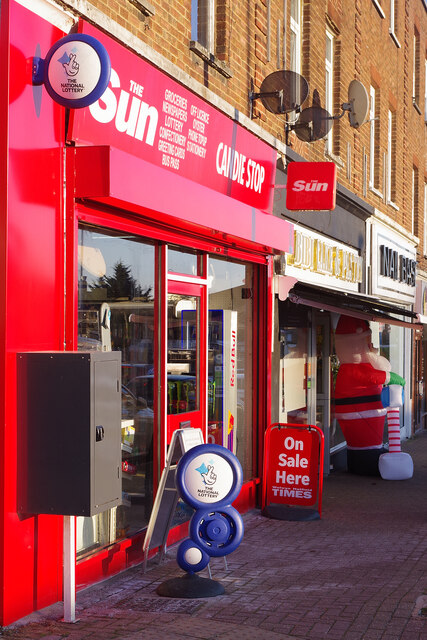

Ganwick Corner is located at Grid Ref: TQ2599 (Lat: 51.680178, Lng: -0.184722)
Administrative County: Hertfordshire
District: Hertsmere
Police Authority: Hertfordshire
What 3 Words
///blur.sling.fever. Near Potters Bar, Hertfordshire
Nearby Locations
Related Wikis
Ganwick House
Ganwick House is a late-18th-century house in Wagon Road, Ganwick Corner (Gannic Corner), near Chipping Barnet, England. As of 2018, it was in use as a...
Bentley Heath, Hertfordshire
Bentley Heath is a hamlet in Hertfordshire, England, between Chipping Barnet and Potters Bar. It is on the north edge of the Wrotham Park estate with which...
Wrotham Park
Wrotham Park (pronounced , ROO-təm) is a neo-Palladian English country house in the parish of South Mimms, Hertfordshire. It lies south of the town of...
Potters Bar Urban District
Potters Bar Urban District was a local government district in England from 1894 to 1974, covering the town of Potters Bar and the village of South Mimms...
Nearby Amenities
Located within 500m of 51.680178,-0.184722Have you been to Ganwick Corner?
Leave your review of Ganwick Corner below (or comments, questions and feedback).
